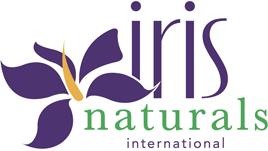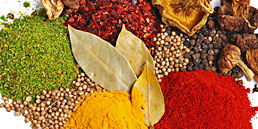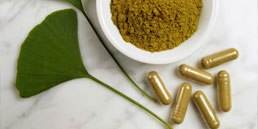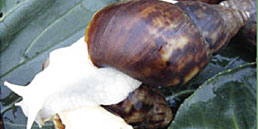 Specialty Products
Specialty Products Açai Extract & Powder
Açai Extract & Powder
Açai Extract & Powder
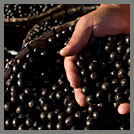 The palm tree family (Arecaceae, formerly known as Palmae), is one of the largest vegetable families in the world, and is typically tropical both inform and substance. Palm trees are divided into 6 sub-families, which consist of 200 genera and 1500 species.
The palm tree family (Arecaceae, formerly known as Palmae), is one of the largest vegetable families in the world, and is typically tropical both inform and substance. Palm trees are divided into 6 sub-families, which consist of 200 genera and 1500 species.
The Euterpe genus comprises 28 species and shows up in Central and South America and throughout the Amazon basin. The three most common species are oleraceae, edulis and precatoria.
Euterpe oleracea, which occurs naturally only in the state of Amazonas, Brazil, is known popularly as AÇAÍ, hard land açaí or single açaí. This species has a high economic potential, mainly for its fruit which is used in the preparation of ice creams and juices and for the hearts of palm extracted from its stalks. The leaves are used as roofing for temporary huts and for closing walls. In ethno-medicine, the root and the stem are used for muscular pain and snake bites and the leaves to relieve chest pains. The roots are also used to treat malaria and liver and kidney infections. The seeds provide a dark green oil, popularly used to treat diarrhea.
Scientific Name: Euterpe oleracea Mart.
Family: Arecaceae
Chemical Composition:
- Fatty acids (oleic and palmate acid)
- Steroids
- Flavonoids (isovitexin, vitexin)
- Anthocyanines (cyanidins), besides carbohydrates and amino acids
Pharmacological Properties:
There are studies that substantiate the anti-oxidant and blood dilator properties of this species besides a promising activity as an oral remedy for the gastro-intestinal system and for the treatment of malaria.
Ethno-botanical Use:
- Muscular pain
- Snake bites
- Chest pain
- Use against malaria and liver and kidney infections
Nutritional Properties:
Açaí is a highly nutritious plant, rich in amino-acids, fatty acids and sugars.
Human Consumption
Açaí is used (particularly Euterpe edulis) for their ‘palm heart’ eaten as a steamed dish, and (particularly Euterpe oleracea) for their highly-prized fruits that are rich in B vitamins, minerals (particularly iron), fiber, proteins, Omega-3 fatty acids, and anthocyanin, a member of the flavonoid class of antioxidants.
Anthocyanin is soluble in water, being responsible for the fruit’s natural reddish color. It absorbs light from the green and blue light waves, allowing the red tones to be captured by the plant tissues and be reflected to our eyes. The main anthocyanin found in Açaí is cyaniding-3-0-glucoside, a known antioxidant that is quickly absorbed by the body acting as an anti-inflammatory, giving protection to tissues and skin.
The juice and pulp of Açaí fruits are frequently used in various beverages, sweets, jellies, cereal bars and smoothies. In Brazil, it is very popular among surfers when prepared as a thick smoothie topped with granola. Açaí fruits deteriorate rapidly after harvest, so outside its growing region it is generally only available as juice or frozen fruit pulp.
The frozen fruit pulp is very deep purple and is reminiscent of a blueberry sorbet or ice cream with a hint of chocolate. It can also be eaten raw or as a condiment, most commonly with shrimp or manioc. It is considered one of the most nutritious fruits of the Amazon, second perhaps to the Brazil Nut.
Products:
- Dry Extract – soluble
- Fluid Extract – soluble
- Juice Powder – soluble
- Dry Extract Açai 5 – soluble
- Dry Extract – soluble to partially soluble
Suggested Applications:
- Energy drinks
- Sport drinks
- Soft drinks
- Juices
- Cereal bars
- Dairy
- Dietary supplements
Documents available for download:
Documents & Samples available upon request:
- Technical Specifications
- Marketing Flyer
